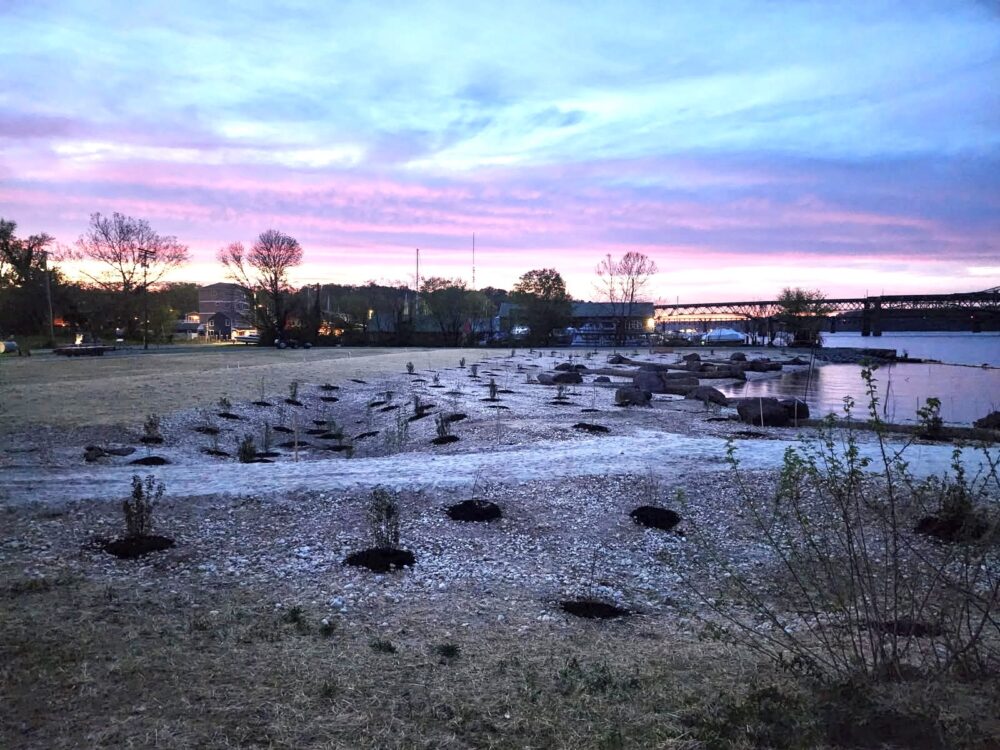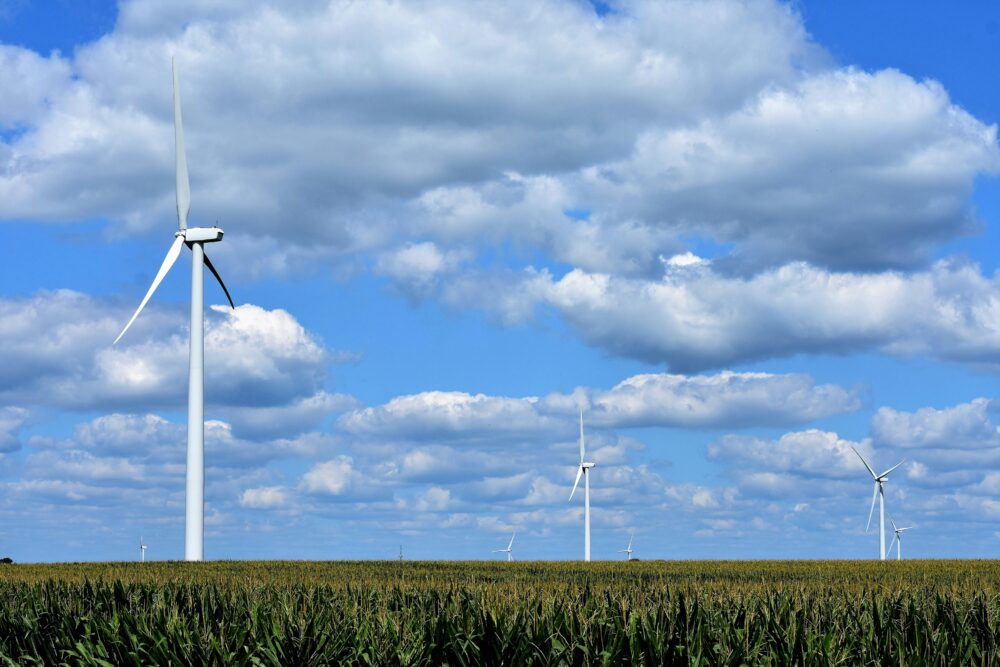We have much more to do and your continued support is needed now more than ever.
Historic Chance to Permanently Protect the Arctic Refuge
We have a chance to protect the Arctic for wildlife! The ecosystem of the Arctic National Wildlife Refuge in Alaska exemplifies the epitome of our wilderness heritage. President Dwight D. Eisenhower initiated protection of this refuge in 1960 when he set aside 8.9 million acres for the sole purpose of “preserving unique wildlife, wilderness, and recreational values.”
Continuing Eisenhower’s vision, Congressman Jared Huffman (D-CA) introduced an amendment to the SHARE Act seeking to permanently protect the Arctic National Wildlife Refuge coastal plain as a Wilderness area — safeguarding it from oil and gas development and ensuring the flora and fauna it encompasses remain unspoiled. This means brighter futures for wildlife and awe-inspiring scenery for us!
This untarnished land is home to 270 wildlife species, including 200 species of birds that migrate there each year from around the nation. Let’s look at some of its native inhabitants we can help to protect.
Muskoxen
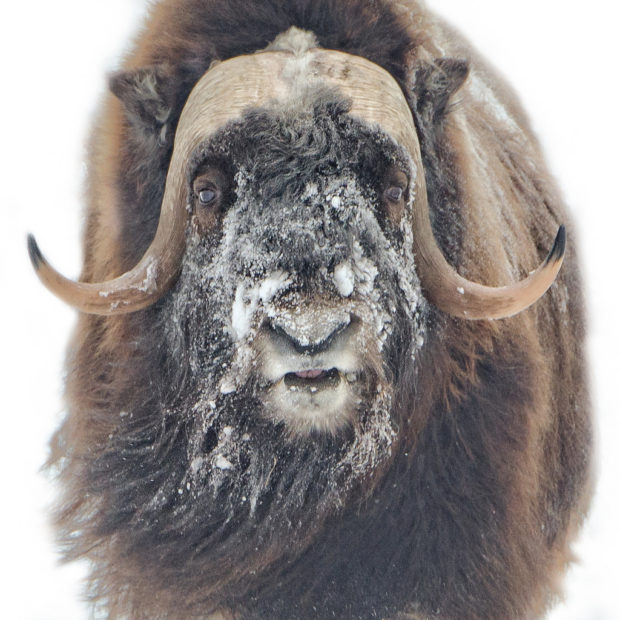
To survive the nine-month-long winters, muskoxen have adapted wool as an insulation device. Their short legs are also very good at retaining heat. And with temperatures routinely dropping to -20 degrees Fahrenheit, the woolier they are the better.
Tufted Puffin
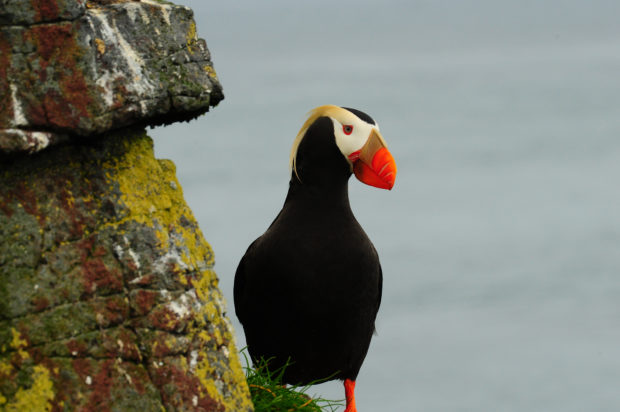
Sadly, thousands of these magnificent birds are killed as by-catch (accidently caught during commercial fishing) in fishing nets. Elimination of drift-nets has mitigated much mortality, but it is still a matter of great concern.
Snowy Owl
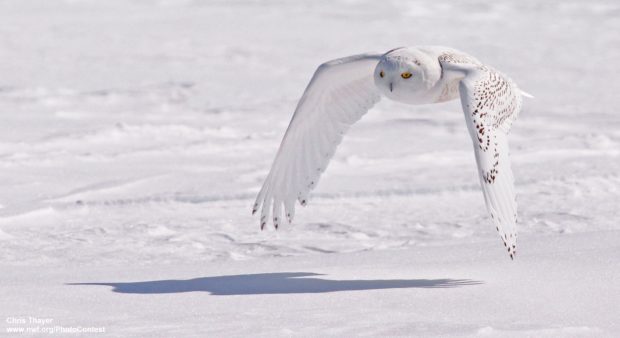
A snowy owl’s preferred meal is lemmings, and I don’t mean just one. An adult may eat more than 1,600 of these rodents a year, or three to five every day.
Polar Bear
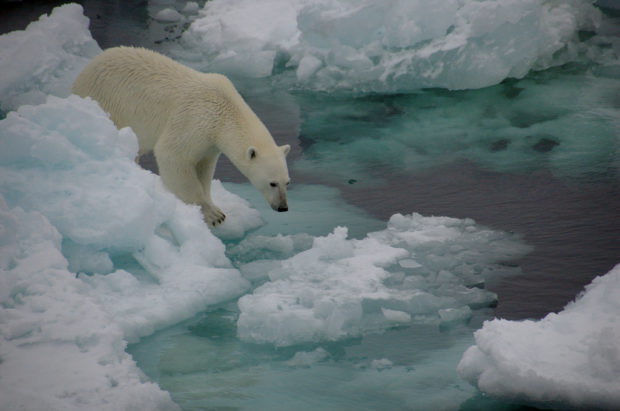
After giving birth in December and January, the mothers will nurse and care for their young through April. They then move back to the icy waters to hunt for ringed seals. The cubs will learn hunting strategies from their mothers for almost three years! The Arctic Refuge is the only national conservation area where polar bears regularly den, and this is one of many reasons to protect these sacred lands.
Beluga Whale
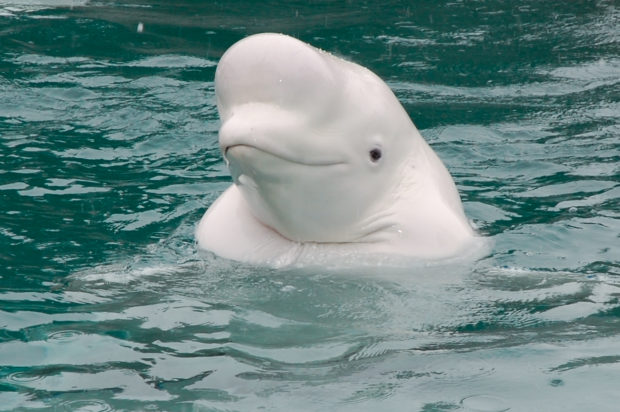
Beluga whales do not have dorsal fins. Dorsal fins cause heat loss, and in a climate where water temperatures are below zero, maintaining body heat is an integral part of life.
These social mammals are threatened by climate change, hunting, oil and gas development, and industrial and urban pollution, but you can take a stand to protect these majestic creatures.
Take Action Protect the Arctic coastal plain from industrial development and exploration that is ruinously destructive to the habitats of these magnificent species.














